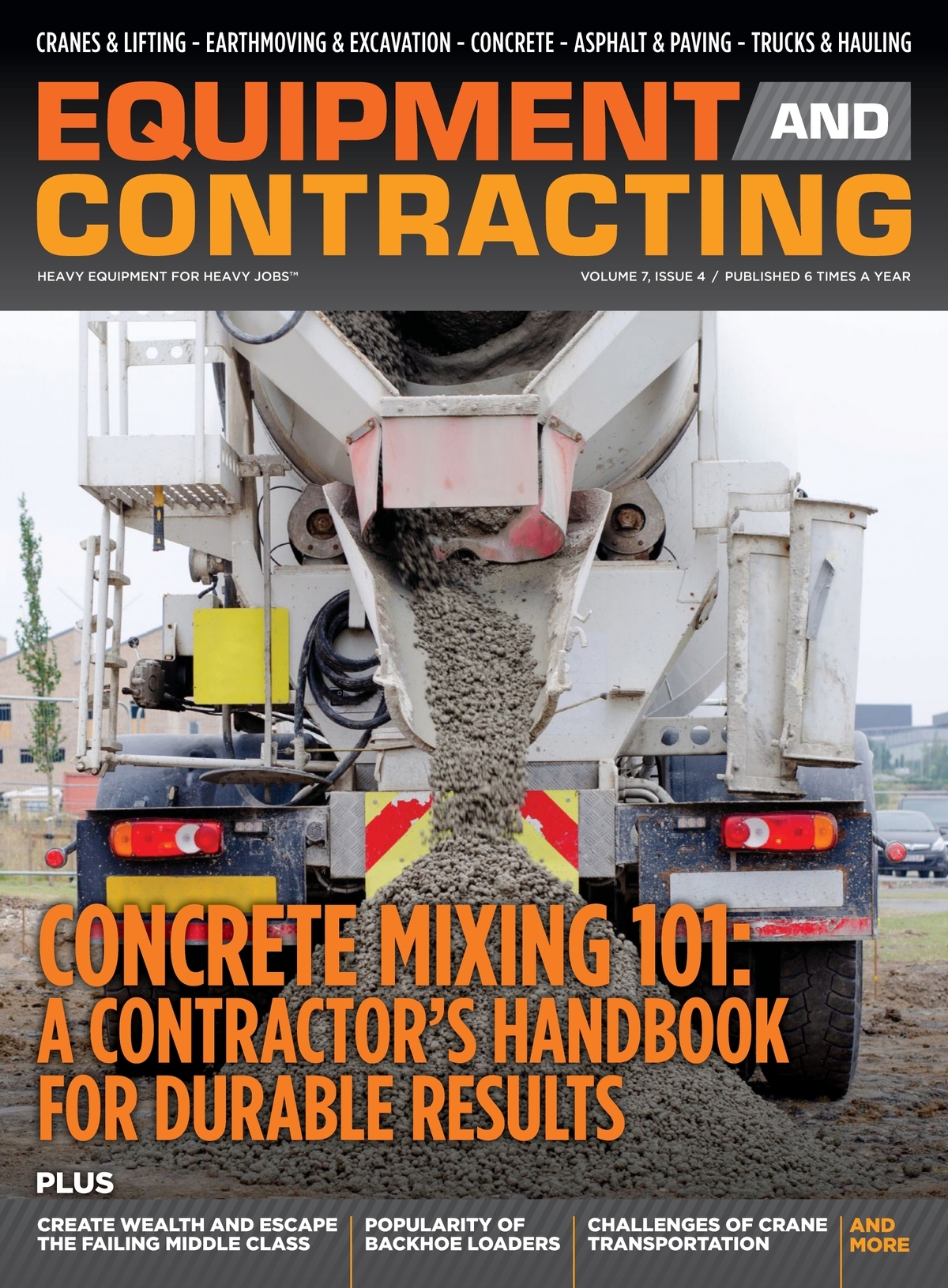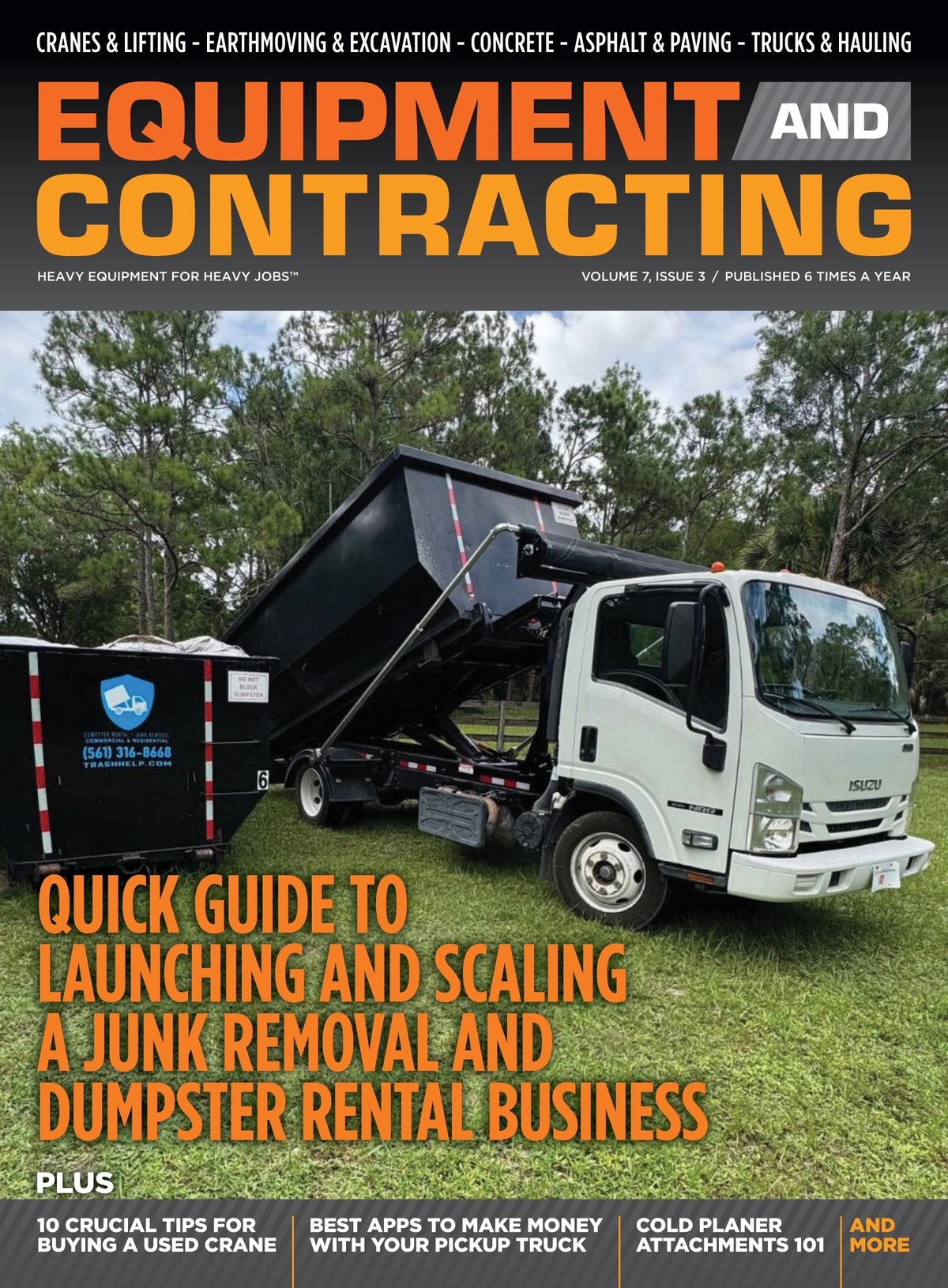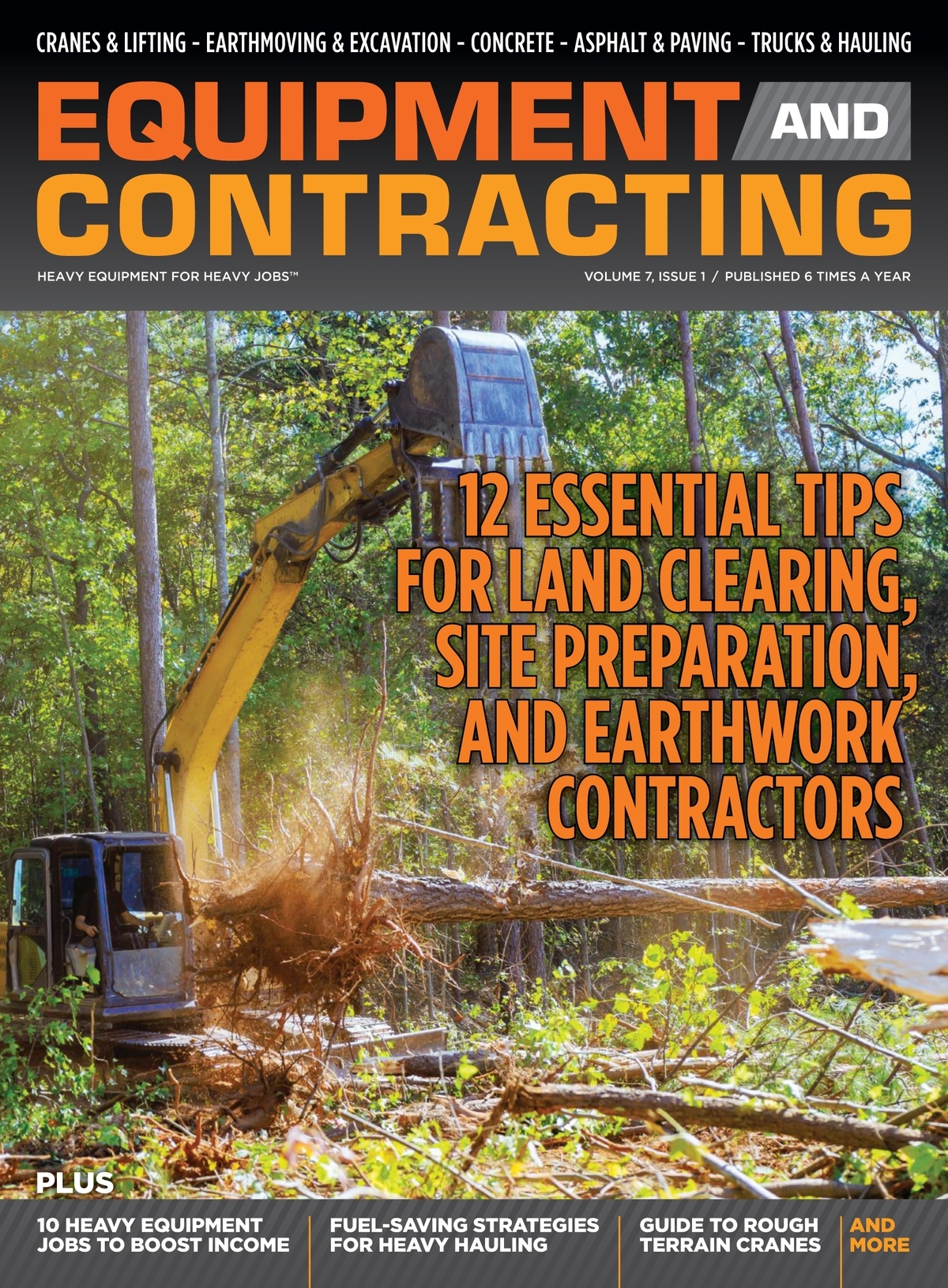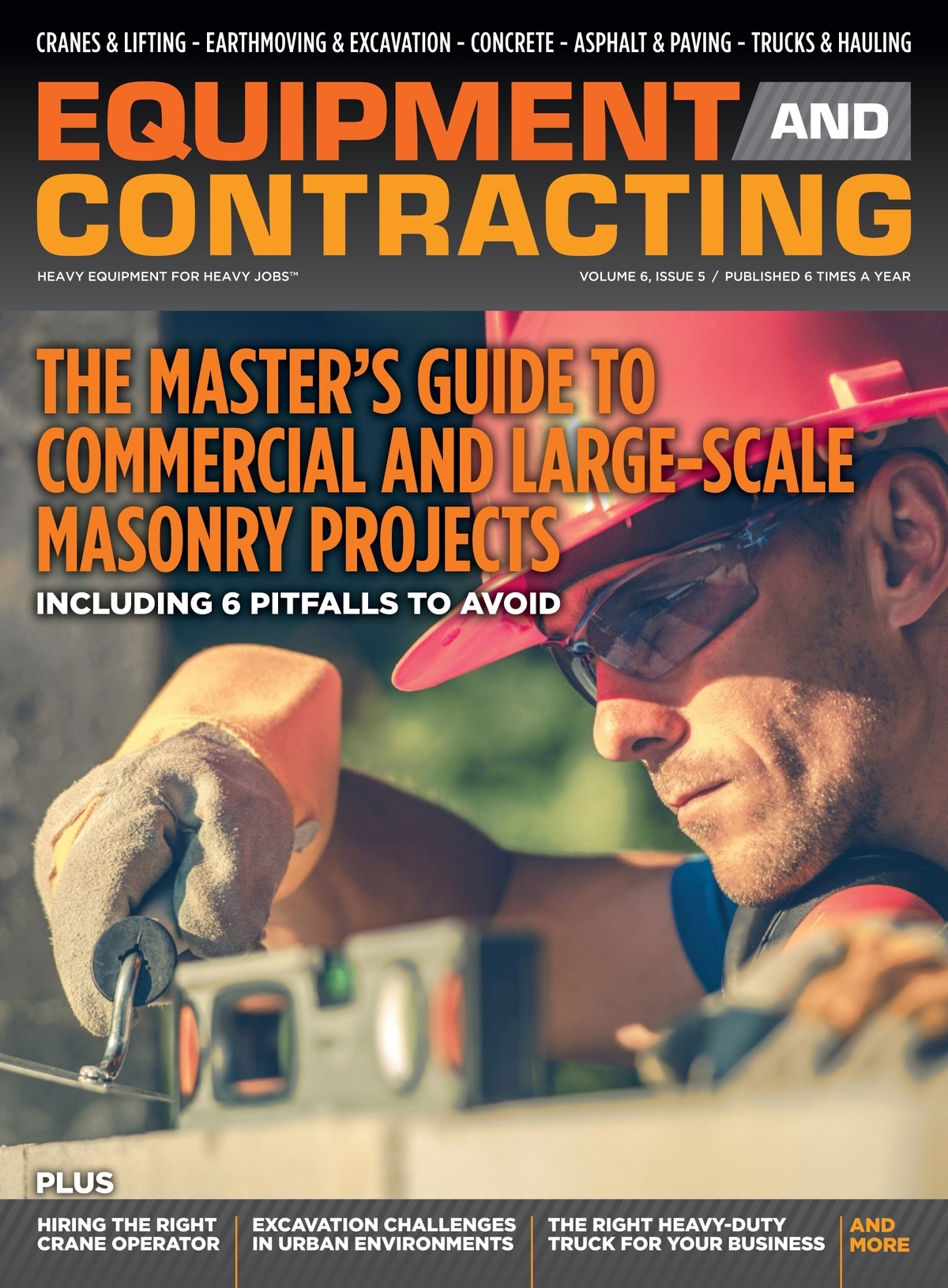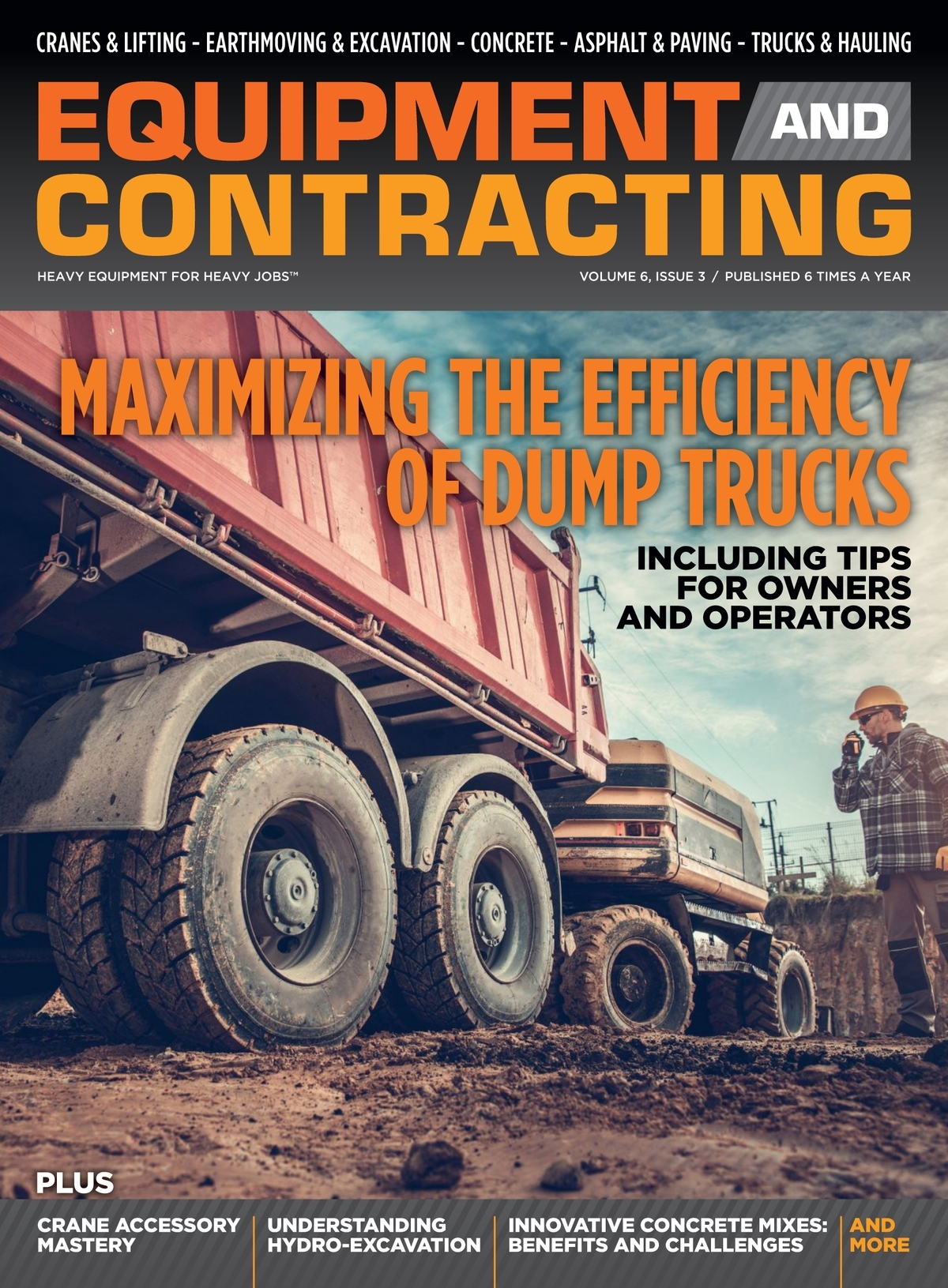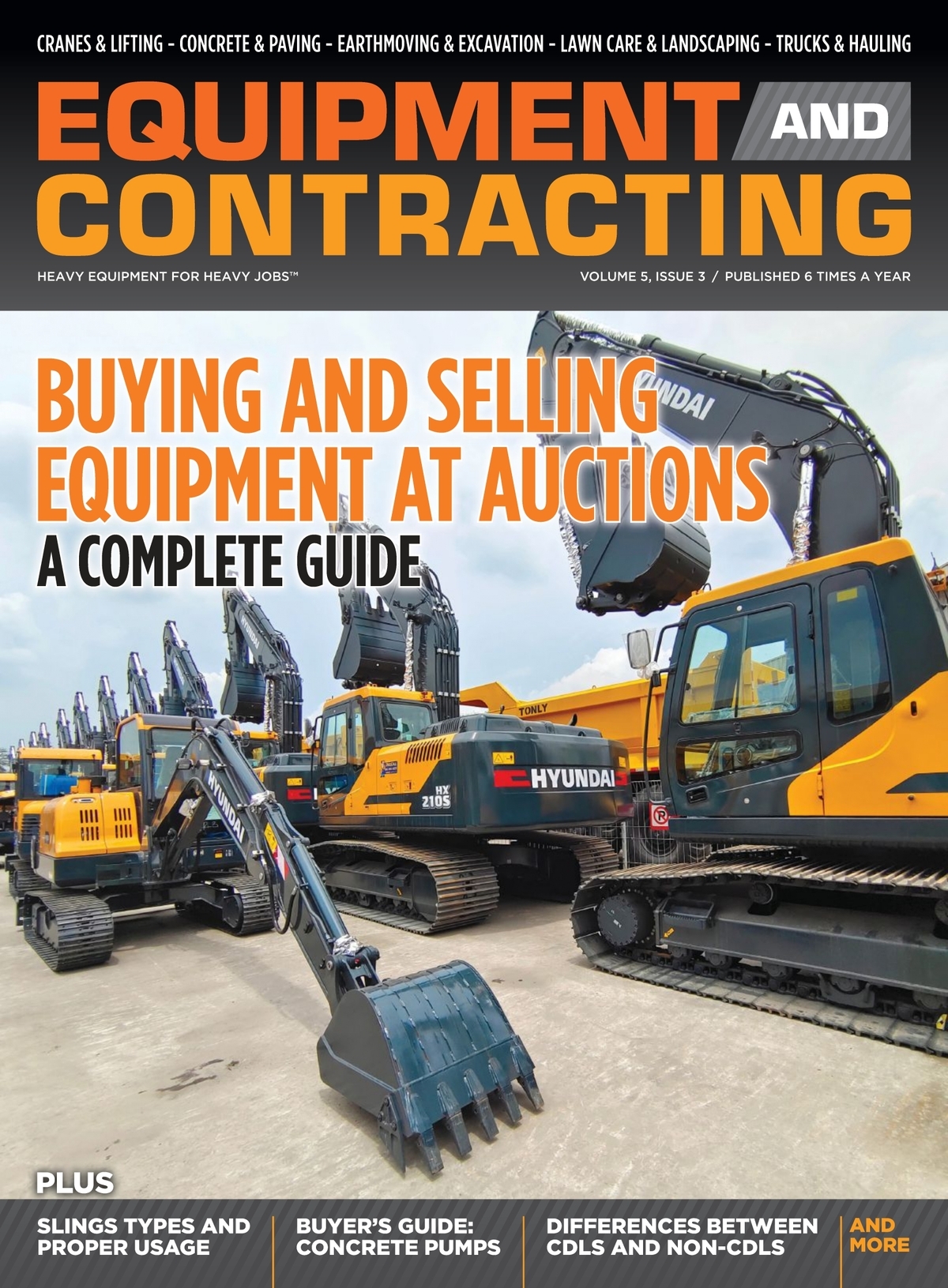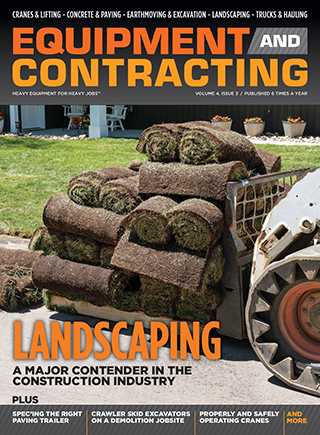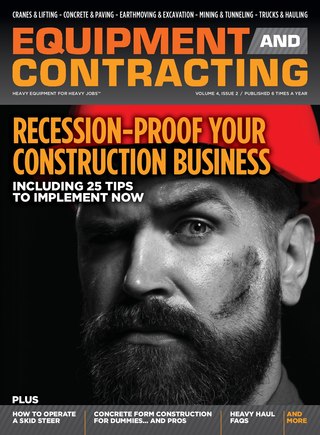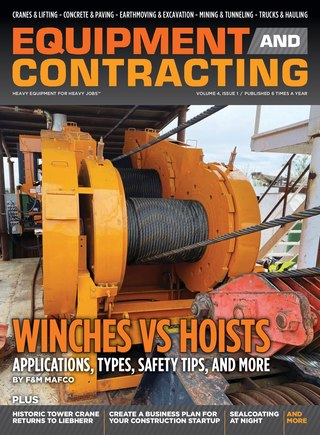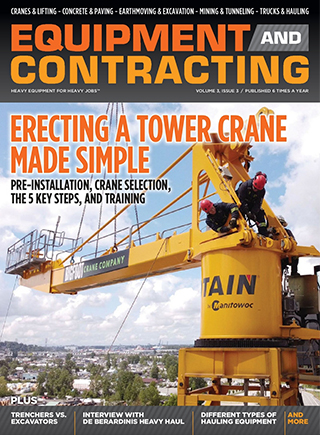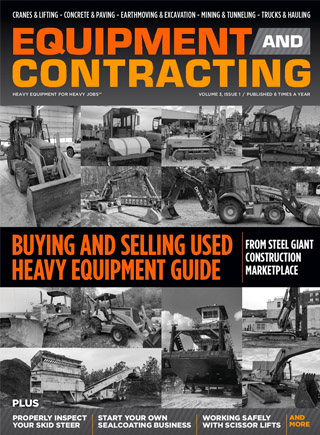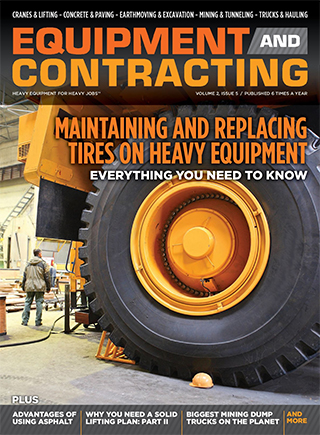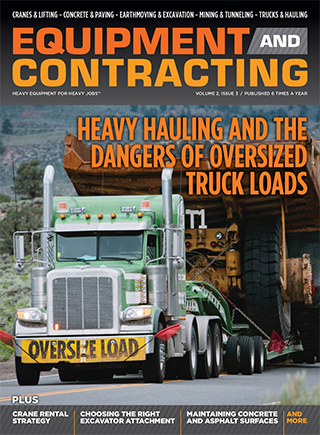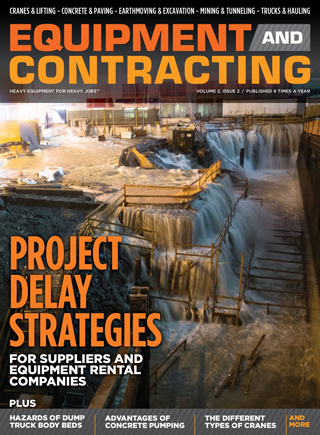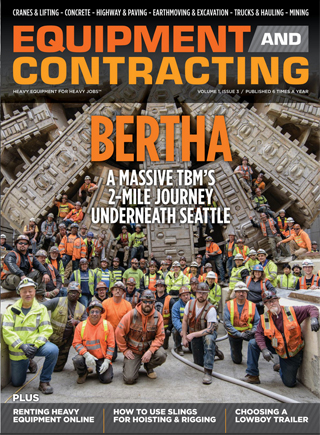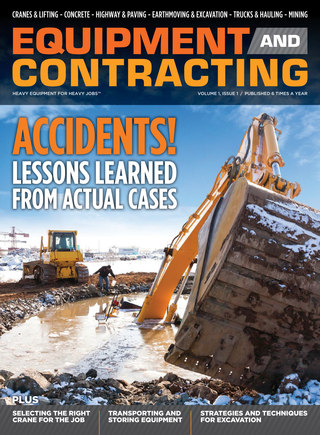
In rapidly expanding cities, space has become one of the scarcest commodities on a construction site. Contractors must move heavy materials through tight streets and congested zones without disrupting traffic or nearby operations. This is where modern lifting technology plays a defining role. The truck-mounted loader crane has transformed how crews operate in these conditions, offering powerful lifting performance combined with compact, agile design.
Loader cranes are purpose-built to load and unload materials directly from trucks and trailers, often without additional equipment or setup time. The compact configuration allows operators to deploy the crane even in narrow alleyways or dense urban neighborhoods where a tower crane or mobile crane cannot fit. Reports show that demand for compact loader cranes is rising sharply, with urban projects accounting for over one-third of current global installations. The versatility and speed they provide make them indispensable tools for modern contractors who balance strict project deadlines with logistical limitations.
Integration with Urban Logistics
Loading, Unloading, and Rapid Turnaround
Across construction supply chains, speed and reliability define profitability. Materials must arrive on site, be positioned precisely, and be cleared quickly to keep projects on schedule. The cranes used in logistics operations bridge this critical gap between transportation and site work. They allow direct loading and unloading without forklifts or external handlers, improving efficiency for haulers, warehouse operators, and construction suppliers.
Market research links the growth of the loader crane industry to the global rise in e-commerce and last-mile delivery. As cities demand more efficient freight movement, vehicle-mounted cranes have become an integral part of the logistics network. They shorten delivery cycles, minimize idle truck time, and reduce the number of trips needed to complete a job.
Flexibility in Fleet Management
The adaptability of a modern loader crane makes it attractive for mixed-use fleets. Contractors and rental companies increasingly rely on multipurpose equipment that can serve construction, transport, and utility work within the same operating cycle. Many fleets now prefer vehicles equipped with compact loader cranes for urban sites, which can transition from carrying construction materials to unloading pallets at logistics hubs in a single day. This flexibility reduces ownership costs and supports year-round utilization.

Advancements in Technology, Safety, and Performance
Smart Control and Operator Assistance
Recent developments in crane technology have focused heavily on safety and automation. Intelligent load control, angle sensors, and assistance systems allow operators to handle complex lifts with greater precision and reduced fatigue. Many current models feature telematics-enabled loader crane systems that record real-time data such as load cycles, maintenance intervals, and stability conditions. This information helps companies optimize fleet use and schedule preventive maintenance before costly downtime occurs.
Digital control platforms also enable synchronized movements of the boom, winch, and rotator, providing smoother and safer handling in confined work zones. Predictive diagnostics and auto-stabilization features have become key differentiators for contractors seeking both performance and safety.
Sustainability and Compliance in Urban Areas
Cities across the world are tightening restrictions on noise, emissions, and heavy-equipment operation. In response, manufacturers have introduced hybrid and electric configurations that deliver lower environmental impact while maintaining lifting capacity. The efficient loader crane solutions available today are designed with energy-saving hydraulic systems, reduced idling, and intelligent standby modes that minimize fuel consumption.
These advancements not only help contractors comply with environmental standards but also open opportunities to work in areas previously limited by regulations. For municipalities and infrastructure projects, quieter operation and zero-emission modes make such cranes especially suitable for nighttime or indoor applications.

Economic Value and Competitive Advantage
Loader cranes provide measurable economic value through time savings, reduced manpower, and lower operating costs. Each lift completed faster translates to shorter project timelines, fewer truck hours, and less need for additional lifting equipment. Studies from industry analysts predict the global loader crane market will grow from around USD 4.7 billion in 2025 to more than USD 7 billion by 2035, driven largely by urban infrastructure and logistics demand.
Beyond cost reduction, versatility is another advantage. A single modern hydraulic loader crane can handle multiple roles, from lifting concrete barriers to positioning HVAC units or unloading steel components. This adaptability helps contractors bid for a wider range of projects without increasing their equipment inventory.
Safety improvements also contribute to return on investment. Automated stability controls and load monitoring systems lower the likelihood of accidents, equipment wear, and insurance claims. When combined with modular accessories such as grapples, rotators, and forks, one crane can effectively perform dozens of specialized tasks.
Selecting the Right Loader Crane for Urban and Logistics Work
Choosing a loader crane involves balancing lifting capacity, reach, truck compatibility, and frequency of use. Articulated or knuckle-boom configurations are most common in urban applications because they fold compactly and offer precise reach even around obstacles. For logistics operations, cranes equipped with radio remote control and high-speed boom extension provide faster throughput.
Companies evaluating options should consider models that feature smart controls, telematics integration, and compatible attachments for future versatility. As the market continues to innovate, more cranes will combine energy efficiency with intelligent monitoring systems that align with sustainable urban-development goals. Investing in the latest advanced lifting technology ensures compliance, productivity, and long-term profitability.
Modern loader cranes have become a foundation of both urban construction and logistics. Their compact footprint, high lifting power, and advanced automation align perfectly with the fast-paced demands of city infrastructure and freight movement. From delivering building materials to servicing rooftop installations, these cranes allow contractors to do more with fewer machines and less setup time.
The global trend toward smarter, greener, and safer lifting solutions continues to redefine how equipment integrates into every stage of construction and transport. For companies seeking efficient, sustainable operations, investing in a truck-mounted loader crane offers not just a lifting advantage but a strategic edge in an increasingly competitive market.


